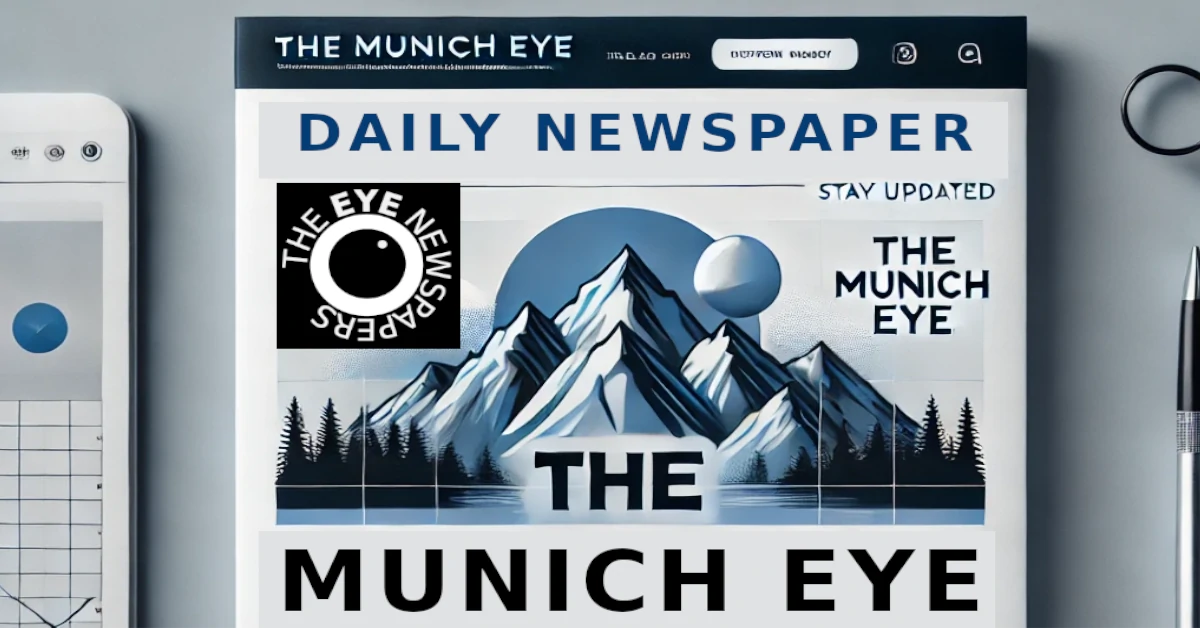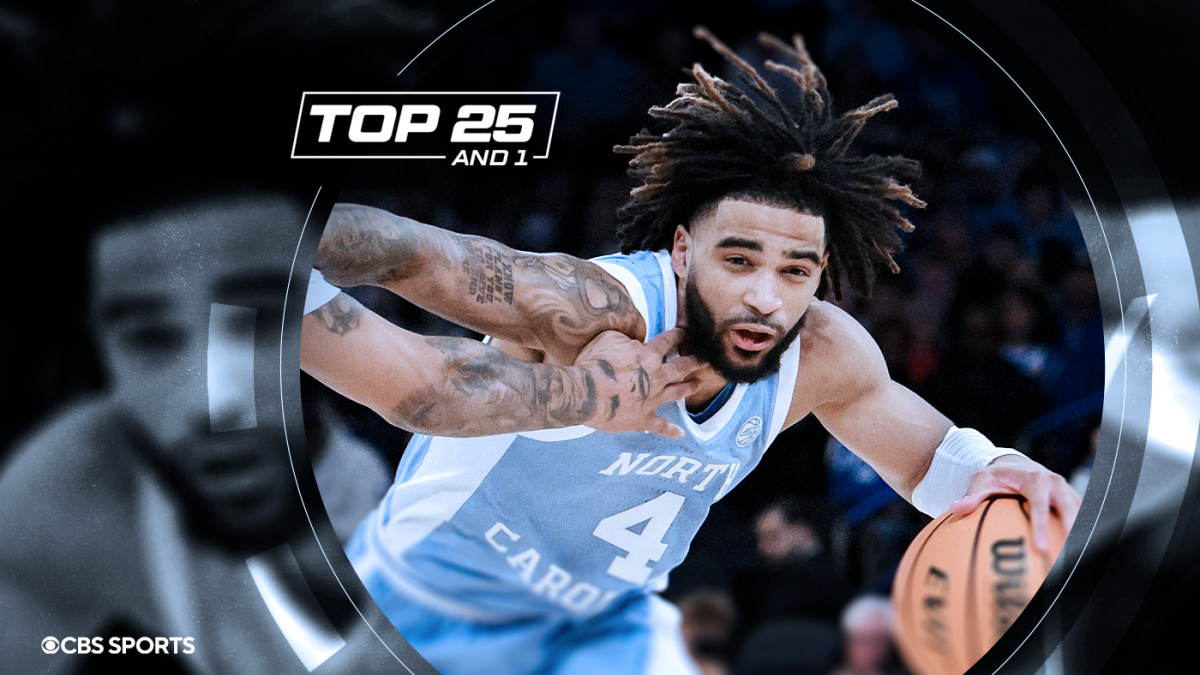Sports
The Future Of Streaming Sports & UX

Balancing Innovation and Tradition: Streaming’s Impact on the Sports Viewing Experience
ARLINGTON, TX – JULY 13: A photo of the MLB.TV logo is seen in the dugout prior to the 2024 All-Star … [+]
Major League Baseball’s post season is in full swing with the nine Wild Card games capturing a 25% viewership bump from 2023. Fans of America’s Pastime have more ways than ever to catch the action, from traditional broadcasts on ESPN, FS1 and TBS to streaming platforms like MLB TV, Fubo and YouTube. These and other direct-to-consumer options are supplanting linear TV viewership across major U.S. sports, often at expense of regional sports networks. PWC estimates that 90 million people will stream at least one game per month by 2025. But for fans with big appetites, ordering the all-you-can-eat buffet a la carte can cost north of $1,000 per year. Even diehards have price points, and we may be approaching the ceiling on streaming platforms. To justify charging more, media companies must consider improving the user experience, and not just because keeping users happy is the right thing to do, but because of the opportunities that arise from doing so.
Log-In Fatigue
For over a decade, live sports remained the final hurdle keeping Americans from cutting the cable TV cord. But with streaming services from Amazon to Peacock outbidding legacy broadcasters, sports fans, particularly older ones, are being forced to subscribe to apps and plans that cause problematic viewing experiences, while still paying sky-high cable bills. Chief among them is log-in fatigue, the immersion-killing phenomenon of flipping between services that require different usernames and passwords and two-step-verifications, which collectively take longer navigate than the actual commercial breaks. The phenomenon is not only user-hostile, but it’s a reminder of the bait and switch, streaming services have pulled on customers. Remember that the original value proposition of subscription models like Netflix and Amazon Prime Video was that audiences could avoid commercials by paying a fee. While younger, cost-conscious consumers may tolerate ads, Gen X and older millennials are used to being able to avoid them during traditional sports broadcasts by flipping channels. Streaming platforms like Apple TV+ and YouTube lock viewers into an ecosystem out of which they cannot so nimbly surf. This is particularly infuriating when there are multiple games on at the same time, forcing fans to miss action as they toggle between different platforms. Many just stay put—the learned helplessness of “platform captivity.” Such captive audiences add value for advertisers and increases revenue for streamers at the expense of the viewers who are noticing that they now must pay ever-increasing subscriptions for a worse sports experience. While platform captivity increases ad hostility, it also presents an opportunity. Research shows that when ads are immersive and additive, viewer hostility decreases. Individualized promotions connected to the sporting event that integrate users’ social media, location, and interests can transform captive audiences to more captivated viewers.
Attempting to watch all 1:00 p.m. EST, NFL games on Sunday 6 October 2024 via YouTube TV’s NFL … [+]
Latency Lag
The power of sports is in its liveness and its shared immersion. Latency lag undermines both. Thankfully spinning pinwheels and frozen screens are increasing rare, but the range of streaming platform speeds creates a new problem for fans attempting to remotely share the viewing experience—the social spoiler. Imagine being on a group chat, as I was last weekend, watching the Phillies-Mets NLDS with friends. With two on and one out, your team needs a double play to get out of the inning. As the pitcher gets set your phone starts blowing up: “Bang bang”; “Philthy…” You know the good news before it happens “live” on your screen. The solution, as one friend pointed out, is to mute chats during plays, but that requires even more work that breaks the immersion of a shared viewing experience. While such social spoilers may sound like the cost of doing business for streaming platforms in direct competition with each other, there is a more tangible upside for media companies that figure out how to get us all on the same speed. As Andrew Billings, director of the University of Alabama’s Sports Communication Program, recently wrote “the drive for zero latency [is] much more of a mandate than a desire, particularly in the sports and gaming spaces in which people seek to react to the same content in the same manner with the same equality of success, whatever the demand might be.” Streaming sports platforms that can achieve zero latency will be able to integrate fantasy and betting applications onto user interfaces, potentially creating a better and more lucrative user experience.
Getting Too Personal?
These streaming advancements create opportunities to tailor an ever more immersive, individually catered sports ecosystem. But that it is not without existential risk. In an age of atomized media and ever-fragmented interests, sport remains one of the few communal activities that regularly brings together massive audiences. While the nichification of streaming, social media, betting, and fantasy sports has enormous potential, hyper-individualization may also threaten the shared comradery of watching the same event together in the imagined community of fandom. Sure, fantasy allows anyone to be a championship general manager, and betting allows anyone to be a sharp prognosticator, and artificial intelligence allows anyone to be an expert analyst, but we should consider if such advancements are leading us to a Bowling Alone 3.0 scenario: Will we still be fans of teams or just fans of ourselves? The future of sports viewing will require streaming platforms that can balance user engagement and real-time immersion, while preserving the collective experience that has made sports such a valuable cultural commodity.










